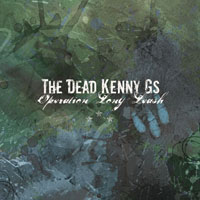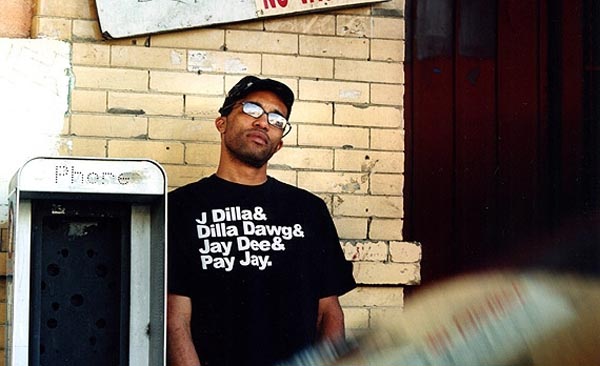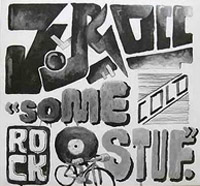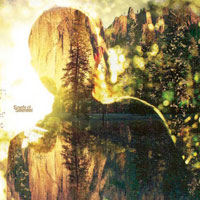On a biweekly basis, The Groove Seeker goes in search of killer grooves across rock, funk, hip hop, soul, electronic music, jazz, fusion, and more.

Slugabed: Sun Too Bright Turn it Off EP (Ninja Tune, 11/8/11)
Slugabed: “Sun Too Bright Turn it Off”
[audio:https://alarm-magazine.com/wp-content/uploads/2011/11/01-Sun-Too-Bright-Turn-It-Off.mp3|titles=Slugabed: Sun Too Bright Turn It Off]It’s appropriate to say that London is a breeding ground of zeitgeist-changing musical talent when it comes to the instrumental beat scene. In the city, you’ll find dubstep, grime, and drum-‘n’-bass nights every day of the week. And like many other UK cities, including Brighton and Bristol, London is on the forefront of current styles and approaches to beat-making. It’s also the residence of DJ and producer Slugabed, whose new EP, Sun Too Bright Turn it Off, sounds like the East London and Los Angeles beat scenes coming into one.
The new release marks back-to-back EPs for Slugabed, a.k.a. Greg Feldwick, as he makes a strong and steady buildup to his debut album for Ninja Tune. Parallel to the Moonbeam Rider EP, Sun Too Bright Turn it Off builds a spacey, multi-dimensional soundscape filled with chopped-and-screwed break beats, wobbly bass drops, and wild 8-bit synths. But the two releases are unquestionably different in terms of spacing and pacing. Sun Too Bright is a substantially more down-tempo affair, which in fact better establishes Feldwick’s ability as a composer.

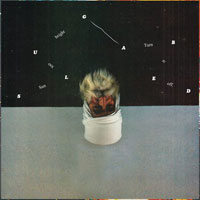
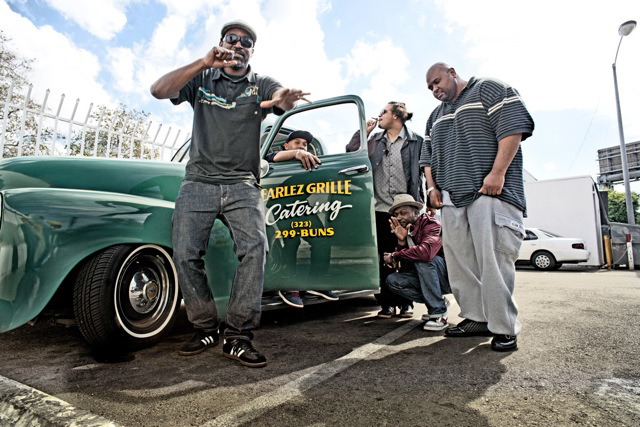




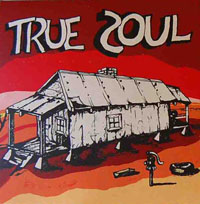 V/A: True Soul: Deep Sounds From the Left of Stax, Volume 1 (
V/A: True Soul: Deep Sounds From the Left of Stax, Volume 1 (
 Blink: The Architects (
Blink: The Architects (


